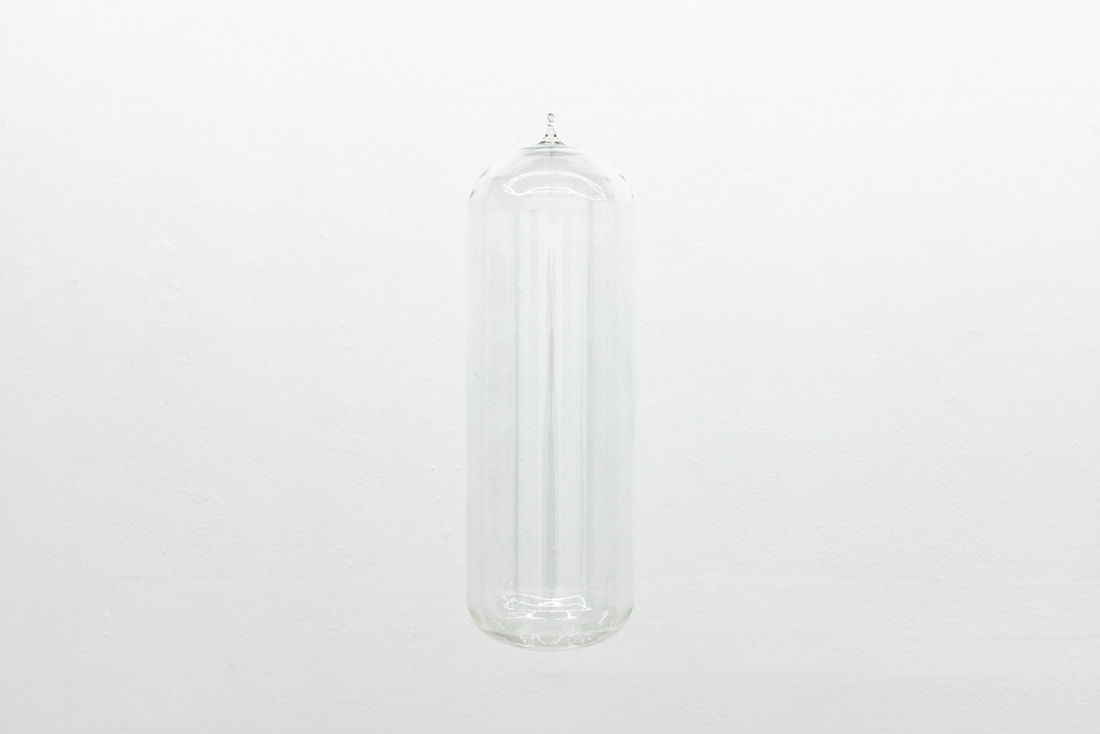David Rickard: Foreign Bodies / 8 July - 1 August 2020
|
|
The air that surrounds us today has been in circulation for centuries. In fact, within every breath we take it’s likely that we intake at least one molecule of the air exhaled by Caesar over two thousand years ago. Besides its longevity, air is also highly transient; the air we breathe in London will spread around the northern hemisphere within two weeks and across the entire globe within approximately two years. This gas we inhale, deep into our bodies with every breath, has already passed through countless bodies and borders.
With the signing of the Paris Convention in 1919, national borders were elevated from the ground to dissect the atmosphere into national airspaces. Aligned with inland borders and set twelve nautical miles from coastlines, these new invisible boundaries responded to the recent arrival of air power. Governance of the sky formed the principles of co-operation needed for international air travel and created vast areas of shared in-between sky known as ‘international airspace’. The current trend for the devolution of international politics in favour of nationalism, has already began to test some of the most fundamental agreements between nations including the invisible accords that control our skies. The work International Airspace returns to the twenty-seven signing countries of the Paris Convention to form a new collaborative air space, one hundred years after the original agreement. Through exchange with people from each of the signatory countries, local air samples have been collected, combined and then used to blow a glass vessel, a new fragile international airspace built on trust and collaboration. Together with this new airspace are the packages that traversed the globe for each sample, bearing the postal marks and customs checks needed to undertake their journeys. Globus; the overwhelming feeling of a lump or foreign object being lodged in the throat. Continuing a journey through borders, the work Globus has swallowed its own surface. Formed from a Jerry Can, once used to transport fuel or water, the vessel is perforated until largely transparent, revealing a sphere of aluminium inside. Cast from the material removed from the vessel’s skin and too large to fit through its mouth, the solid globe remains internalised within the body from which it is formed. Spanning the globe with a distant rhythm are two drum sticks, one formed from an Olive tree located in Algaidas, Spain and the other from Mangrove tree on the other side of the world in Kopu, New Zealand. This unlikely pair of sticks sustain a rhythm which crosses the globe on every beat. With cadence rhythms originally developed to sustain pace and energy during long marches, the antipodal sticks echo the journeys undertaken to bring them together alongside the wider politics of movement, migration and power. Within times of heightened nationalism and increased border security, ‘Foreign Bodies’ considers collaboration as a tool to challenge these trends, whilst reflecting upon the invisible boundaries that govern the globe. Click here to see the artist's CV. |







